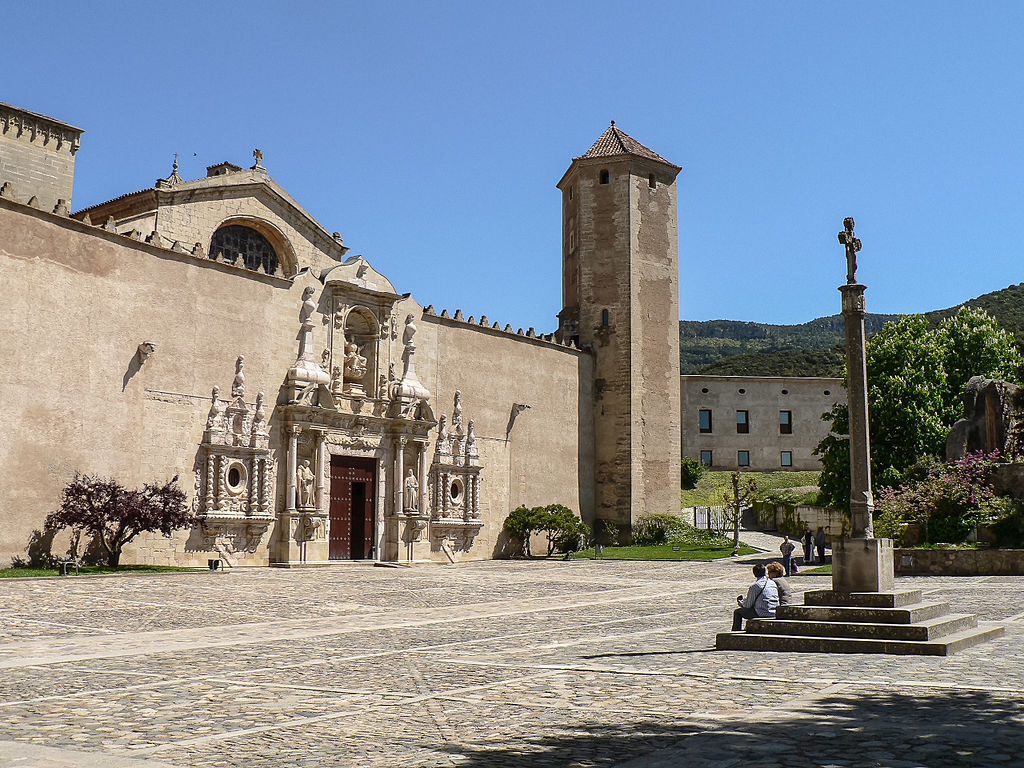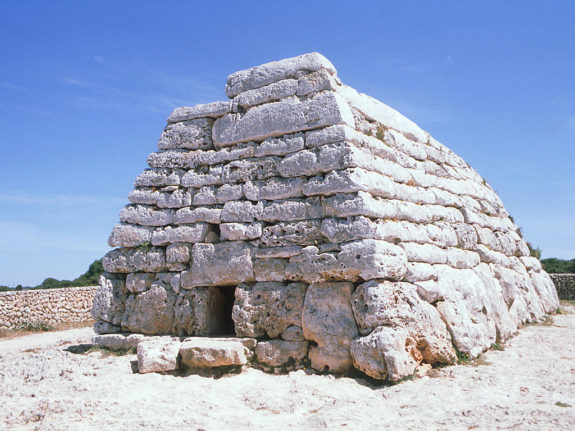Spain is home to a whopping 50 UNESCO World Heritage Sites, spread across the country from the northern shores of Galicia to the mountains of Andalusia and even in the smallest of the Canary Islands.
While most people are familiar with the world-famous UNESCO sites of Antoni Gaudí in Barcelona or the Moorish marvels of the Alhambra in Granada or the Real Alcázar of Seville, Spain has a whole host of spectacular sites that remain relatively unknown.
So, if you want to see some ancient and natural wonders without the crowds or worry about having to book in advance, these are the places you should go.
READ ALSO: The best places in Spain to see the autumn leaves
Antequera Dolmens, Andalusia
Located in central Andalusia, just outside the historic city of Antequera lie the Dolmens, three megalithic monuments, believed to be ancient tombs, built during the Neolithic and Bronze Age out of colossal stone blocks. They have been inscribed onto the list along with the face-like mountain of nearby La Peña and El Torcal, a natural karst landscape filled with otherworldy rock formations and ancient fossils.

Renaissance Monumental Ensembles of Úbeda and Baeza, Andalusia
In the province of Jaén, not far from the city of Jaén itself, lie the twin towns of Úbeda and Baeza. They have been noted for their spectacular Renaissance architecture. Both towns underwent a big renovation during the 16th century and their streets were filled with grand palaces, churches, universities and noble homes. According to UNESCO, they are some of the greatest Renaissance architecture ensembles in Spain and one of the most important in Europe.

Las Médulas, Castilla y León
Located near the town of Ponferrada in Castilla y León, you’ll find a strange scarred landscape, where paprika-coloured rugged rocks rise up between an otherwise bottle-green scene. These are in fact what has been left behind from an ancient Roman gold mine. In the 1st century AD the Romans decided to exploit the gold deposits in north-west Spain, using a technique based on hydraulic power to crumble the mountains from within and gain better access to the gold.

Poblet Monastery, Catalonia
Located close to the city of Tarragona, the Poblet Monastery is one of the largest and most impressive Cistercian abbeys in all of Spain. It features a 12th-century church, plus a fortified royal residence and the tombs of several of Aragón’s most important kings and queens.

Prehistoric Sites of Talayotic Menorca, Balearic Islands
The Prehistoric Sites of Talayotic Menorca were only inscribed onto the UNESCO World Heritage list in 2023 and are Spain’s newest site. They reveal evidence of prehistoric communities living on the island and comprise several prehistoric settlements and burial places, dating from the Bronze Age (1600 BCE) to the Late Iron Age (123 BCE).


Catalan Romanesque Churches of the Vall de Boí, Catalonia
The Vall de Boí is situated in the high Pyrenees in the region of Catalonia and comprises several small villages surrounded by mountainous peaks. In each of these villages sits a unique Romanesque church built between the 11th and 12th centuries. They have been inscribed on the list because they make up the largest concentration of Romanesque art in Europe.




 Please whitelist us to continue reading.
Please whitelist us to continue reading.
Member comments